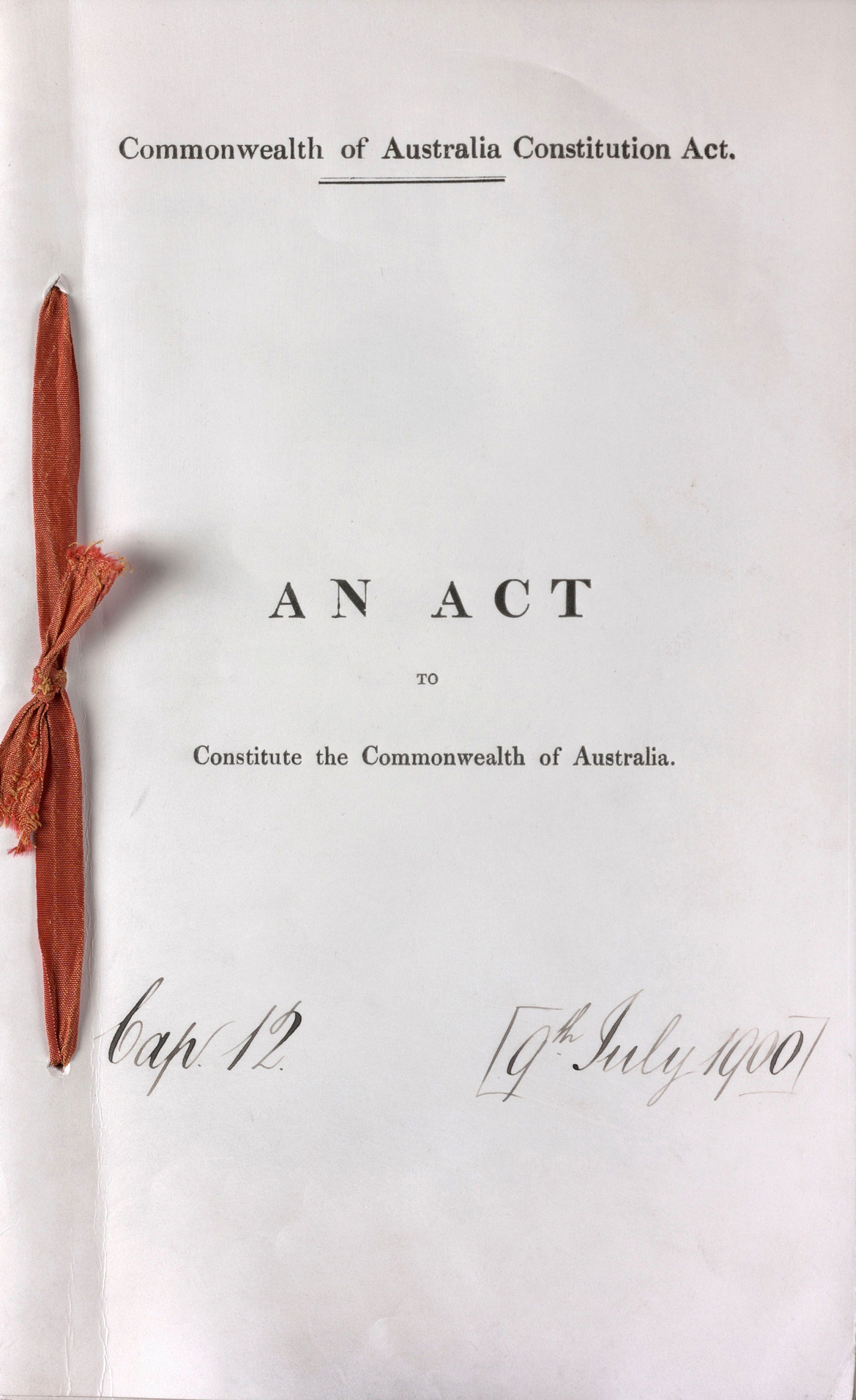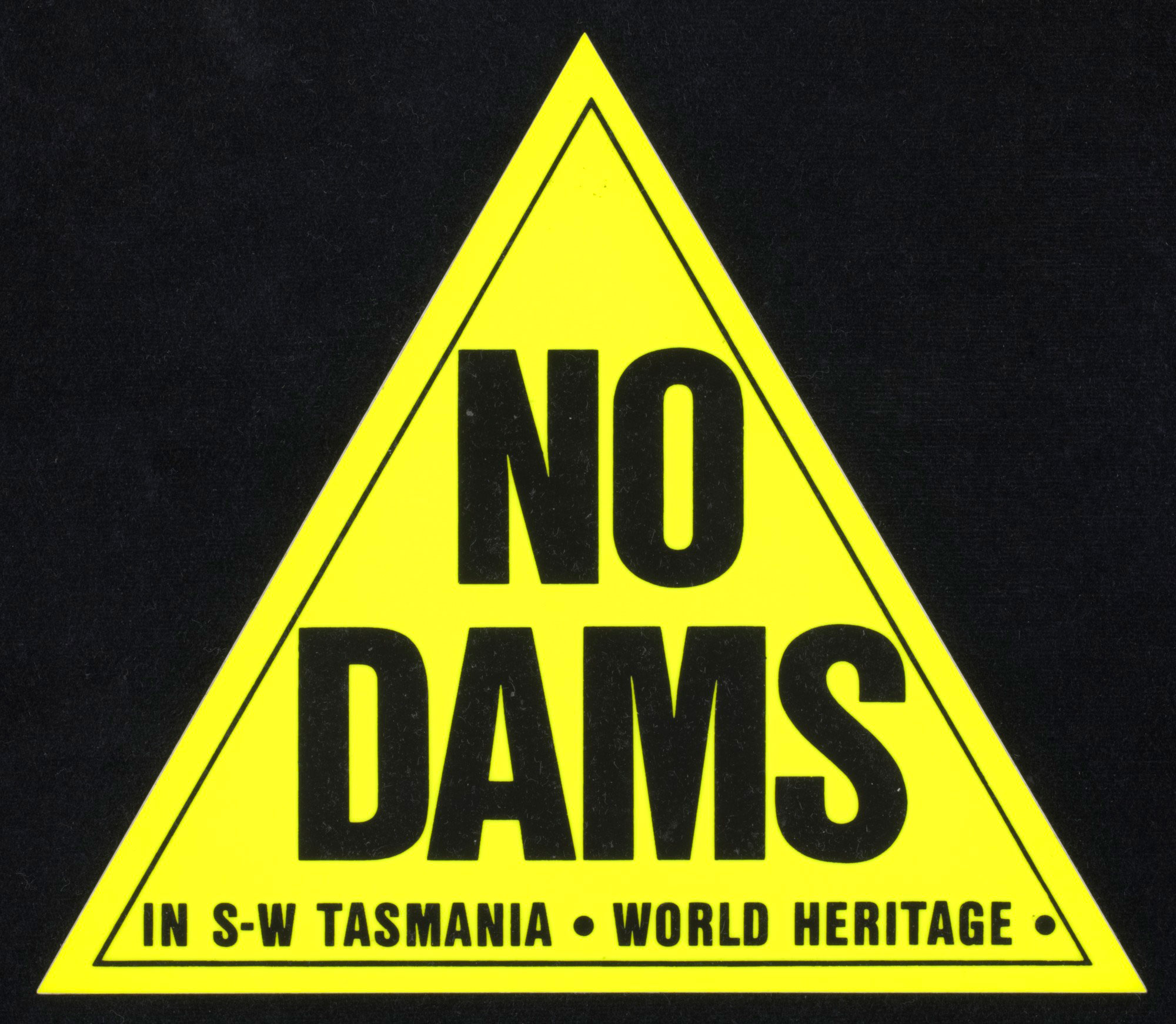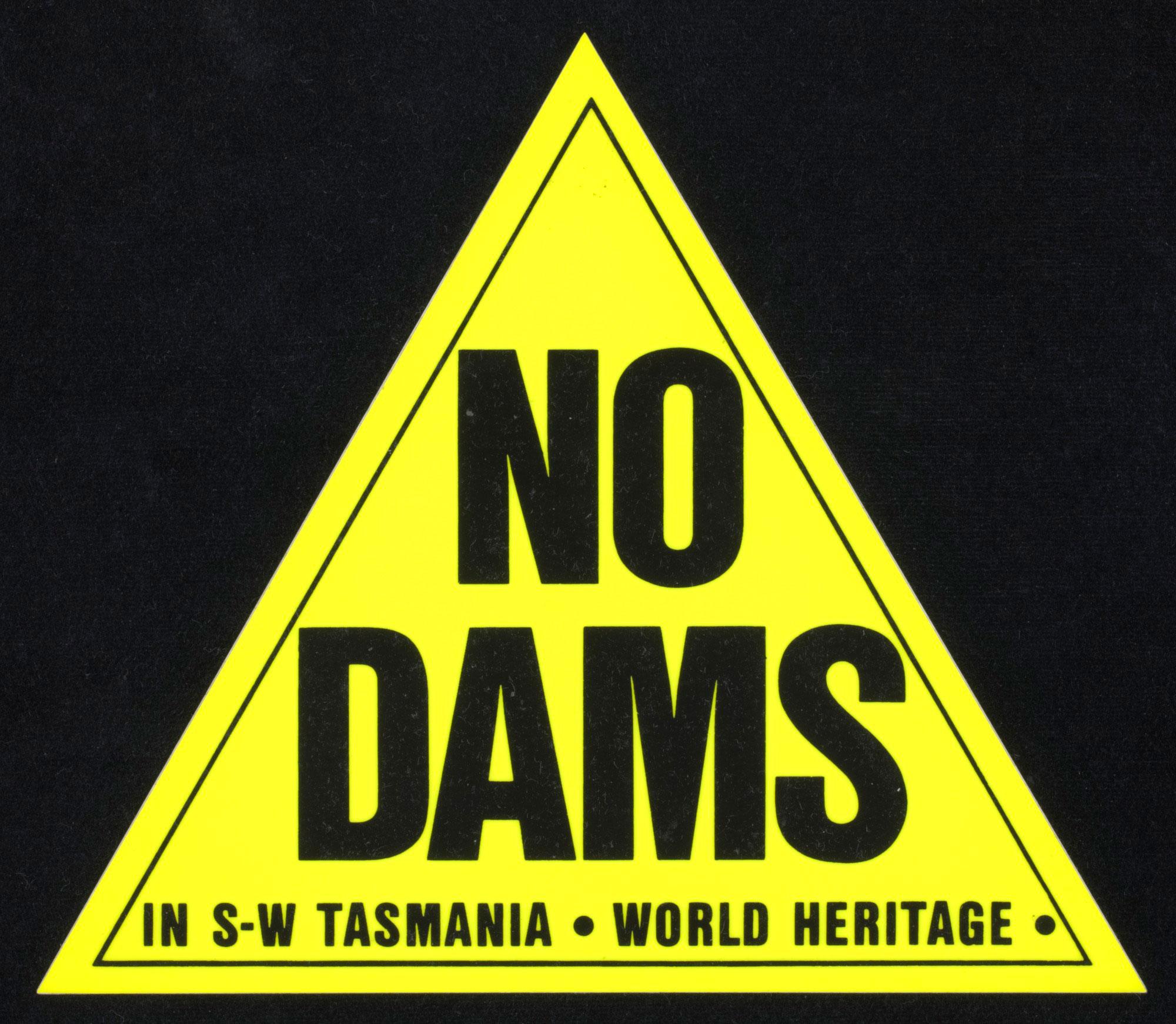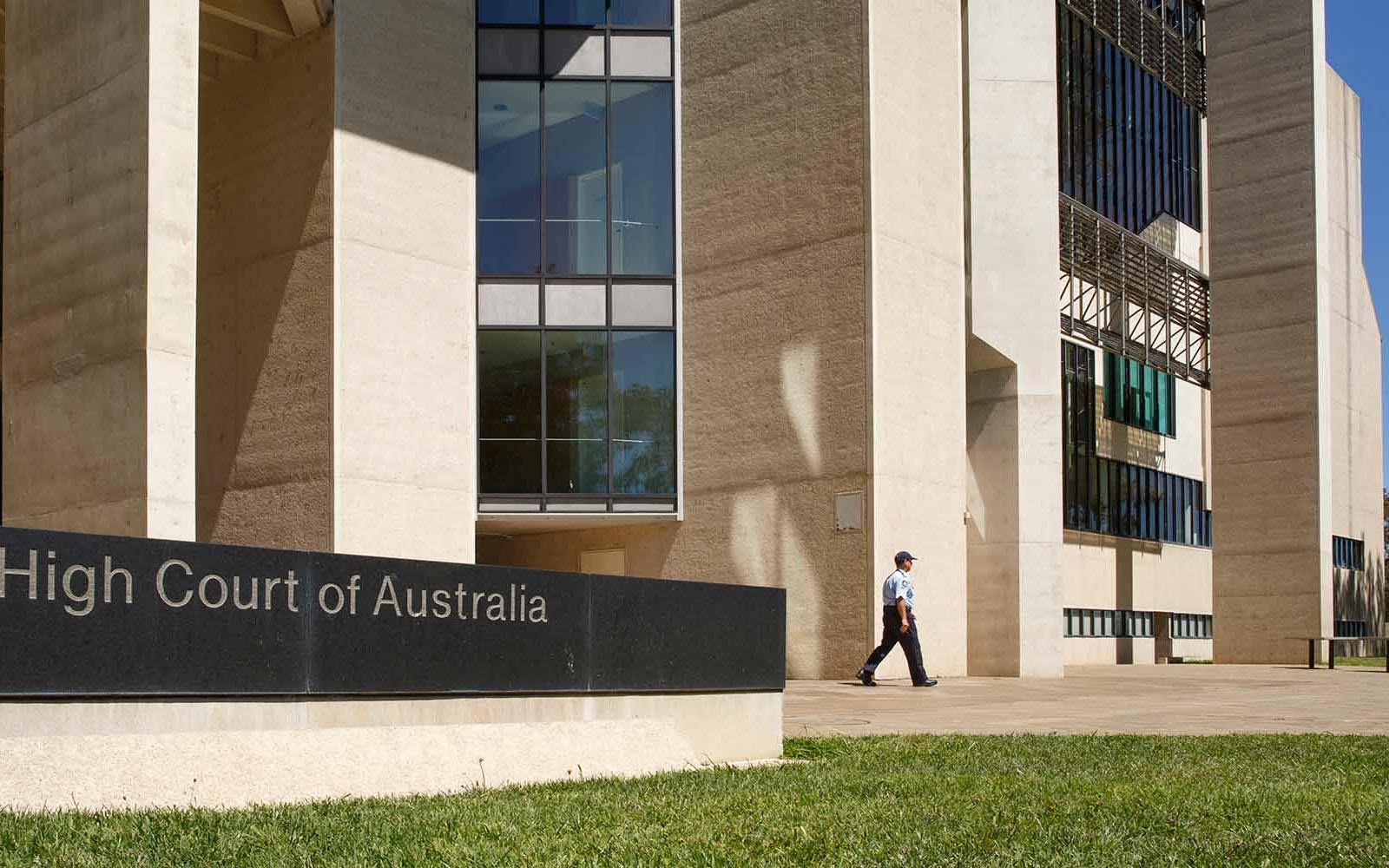Learning module:
Law and democracy Defining Moments
‘Stretching’ the Australian Constitution
2.3 Franklin Dam: The High Court decides
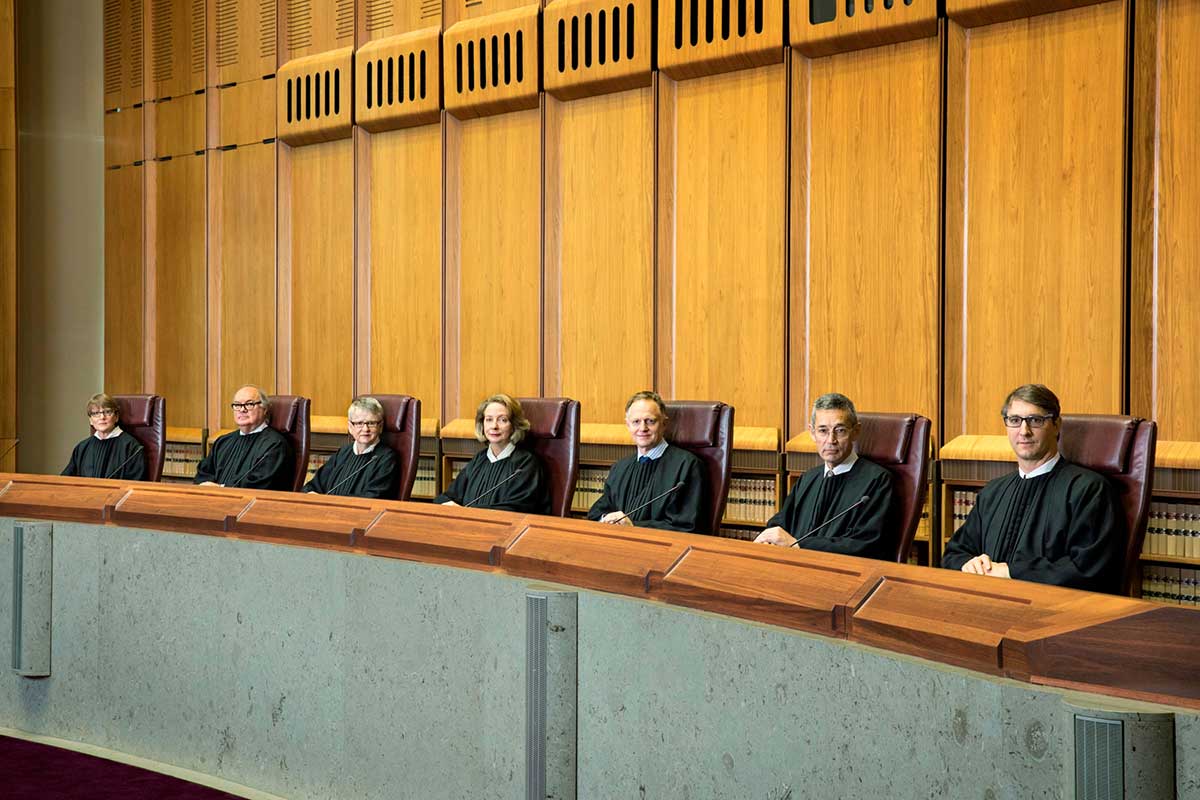
In 1983 the Franklin Dam dispute went beyond Tasmania and involved the High Court of Australia. What does this case tell us about how the High Court influences the way the Australian Parliament exercises its rights, responsibilities and powers?
Federal Australia
The Australian Constitution of 1901 created a federalist nation — that is, one in which there are strong states as well as a national government. This meant that the Australian Constitution needed to spell out the lawmaking powers that were to be given to the Australian Parliament and those that would remain with the states. It did this mainly in section 51, where it listed 26 areas where the Australian Parliament had powers to make laws. The states had the power to make laws in all other areas.
World Heritage Convention
One of the powers given to the Australian Parliament in section 51 (xxix) of the Constitution is ‘external affairs’, which concerns making agreements with other nations. For example, United Nations treaties and conventions fall under ‘external affairs’. When the Australian Parliament has ratified (formally passed in Parliament) a treaty or convention, it becomes binding in Australia.
In 1972 the United Nations Education, Scientific and Cultural Organisation (UNESCO) created the World Heritage Convention to protect special cultural and natural sites around the world. Under this Convention a member state (such as Australia) could nominate an area for World Heritage status. UNESCO would then investigate it by applying set criteria, and decide if it was of such significance that it should be declared a World Heritage site, to be protected by the member country. That protection would include the obligation on the member state to:
- undertake ‘appropriate legal, scientific, technical, administrative and financial measures necessary for the identification, protection, conservation, presentation and rehabilitation of this heritage’ (meaning that the government should put in place strong measures to protect the site)
- refrain from ‘any deliberate measures which might damage, directly or indirectly, the cultural and natural heritage’ of other Parties to the Convention, and to help other Parties in the identification and protection of their properties (meaning that the government must not damage or risk damaging the site).
The Convention was to come into effect from 1975. Australia ratified the Convention in 1974.
World Heritage nomination
In 1978 the Hydro-Electric Commission proposed that a dam be built on the Gordon River in Tasmania. This dam would generate cheap hydroelectricity and create new jobs, but it would also flood the nearby Franklin River and the wilderness area around it. Environmental groups, including the Wilderness Society, lobbied the Tasmanian Government to protect the environment and stop the dam.
In 1981 the Tasmanian Labor Government asked the Australian Government to nominate the Franklin River area for World Heritage listing because of its outstanding Aboriginal cultural and natural significance. If the nomination was successful the Australian Parliament could intervene in the Franklin Dam dispute under its external affairs powers.
But the Tasmanian state election of 1982 saw a change of government. The new Liberal Government under Premier Robin Gray supported the construction of a dam on the Franklin River and started the building process. It also asked the Australian Government to withdraw the heritage nomination.
The Australian Government, led by Liberal Prime Minister Malcolm Fraser, refused to withdraw the heritage nomination and UNESCO accepted the Franklin River area as a World Heritage site. This did not necessarily mean that the Australian Government would intervene to stop the dam, but it now had legal grounds to do so.
An election issue
With the decision of the new Tasmanian Government to go ahead with the dam, opponents had now lost the local political battle to stop it. They adopted a new tactic, of breaking the law by physically blocking the dam workers, while hoping that they could persuade the Australian Government to intervene.
Both the Liberal Prime Minister, Malcolm Fraser, and the Australian Labor Party leader of the Opposition, Bob Hawke, supported environmental protection. But Fraser also believed in states’ rights, and would not agree to the Australian Government becoming involved in what he saw as a state matter. Hawke, on the other hand, supported stronger Australian Government power over the states, and he promised to stop the dam. The environment movement backed Labor in the 1983 national election, which it subsequently won.
The Australian Parliament passed the World Heritage Properties Conservation Act in 1983. This gave it the power to intervene in Tasmania to stop the dam, acting under what it said was its external affairs power to protect an international obligation.
High Court challenge
The Tasmanian Government challenged this in the High Court, claiming that the Australian Government did not have the power under the Constitution to pass such an act, and that the Act was therefore unconstitutional and invalid.
Federal versus state
The question the High Court had to consider was: did the Australian Government’s external affairs power allow them to stop a state’s activity because the area of land was under an international obligation?
High court decision
The dam was stopped. But the High Court’s decision was far from a foregone conclusion at the time, as the closeness of the decision indicates.
A defining moment
The decision had enormous significance concerning the extent of the Australian Government’s power to make laws under the Australian Constitution, including its power to make laws to protect the environment. As a result of cases such as this one, it is now firmly established that the external affairs powers of the Australian Constitution give the Australian Government the power to make laws to fulfil Australia’s international legal obligations
8. In summary, how would you describe the role of the High Court in interpreting the Australian Constitution in this case and what were the implications of its decision?
9. How do you think the High Court’s decision in this case affected its relationship with the Australian Parliament and with Australian democracy more broadly? What factors do you need to take into account to answer this question?
10. How does this Defining Moment help you understand the role of the High Court in Australia?






